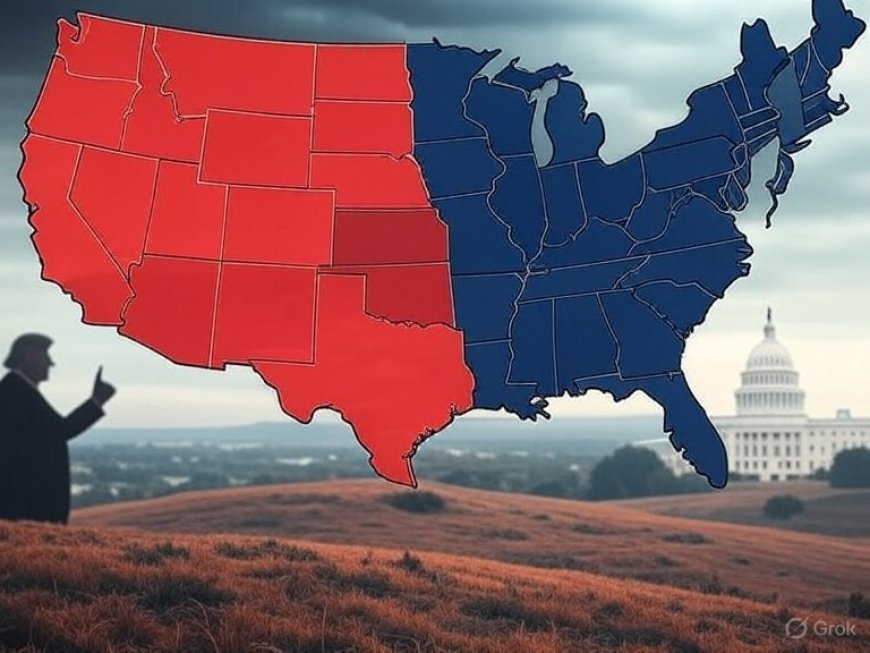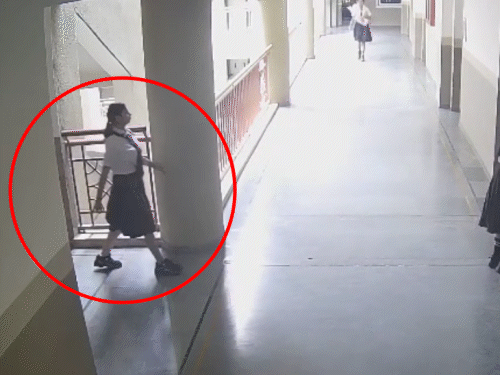Texas–California Battle Over Electoral Lines: Trump-Prompted Dispute Could Redefine 2026 Vote
A Trump-prompted dispute over electoral boundaries in Texas and California could reshape congressional maps ahead of the 2026 elections, sparking legal and political battles.

A political storm is brewing between Texas and California over the future of electoral boundaries, with a dispute reportedly prompted by President Donald Trump’s calls for “fairer representation.” The clash could lead to redrawn lines in two of the nation’s most influential states, reshaping voter power and impacting the 2026 midterm elections.
The Spark Behind the Dispute
The controversy stems from renewed debates over population growth, congressional representation, and accusations of partisan gerrymandering. President Trump, speaking at a recent rally, criticized what he described as “rigged districts” that weaken the voice of Republican voters in states like California while bolstering Democrats in key areas.
In response, Republican leaders in Texas and Democratic leaders in California are pushing back with their own proposals, fueling speculation that redistricting battles could spill into the courts. Both states play outsized roles in U.S. politics—Texas as a Republican stronghold with rapid population growth, and California as the largest Democratic bastion in the country.
Why It Matters for 2026
The 2026 midterm elections will be the first significant test of these potential changes. If boundaries are redrawn, the number of competitive districts could shift dramatically. Analysts warn that even small changes in Texas or California could alter the balance of power in the House of Representatives.
According to the Brennan Center for Justice, gerrymandering battles in large states not only affect local representation but also tilt the national political landscape. In 2026, both parties are expected to fight aggressively for control of Congress, making any redistricting decisions particularly consequential.
The California Side
California has long operated with an independent redistricting commission, designed to reduce partisan influence. However, Republican critics argue that the system still produces maps that lean heavily in favor of Democrats. With Trump’s recent criticisms drawing national attention, California Republicans are now rallying around calls for additional oversight, suggesting that the state’s model may not be as neutral as advertised.
Democratic leaders in Sacramento counter that Trump’s attacks are politically motivated. They argue that California’s system has withstood multiple legal challenges and remains a model for fair representation.
The Texas Front
In Texas, where Republicans hold the state legislature, Democrats contend that the latest round of district maps unfairly diluted minority and urban votes. Civil rights groups have already filed lawsuits claiming violations of the Voting Rights Act. With Trump encouraging GOP lawmakers to “lock in Republican strength,” Texas Democrats are preparing for what they see as an uphill legal fight.
The Supreme Court has previously declined to intervene in partisan gerrymandering disputes, but observers note that ongoing litigation over voting rights and district lines could bring fresh constitutional questions before the justices.
Broader Political Implications
The Texas–California dispute highlights how redistricting has become one of the central battlefields of American politics. While population shifts from the 2020 Census already reshaped congressional apportionment, continuing legal fights suggest that maps in both states could be unsettled well into 2026.
“The stakes couldn’t be higher,” said a political analyst at the University of Texas. “If Texas Republicans lock in their dominance and California Democrats maintain their control, it hardens the partisan divide nationally. But if the courts force changes, we could see competitive districts emerge in surprising places.”
Beyond Congress, redistricting impacts state legislatures, funding allocations, and even presidential campaign strategies. With both parties already eyeing the 2028 presidential race, the fight over lines in Texas and California could shape national politics for years to come.
Looking Ahead
For now, both states are preparing for a drawn-out confrontation that will likely involve state legislatures, independent commissions, and federal courts. What remains clear is that the battle over electoral lines is no longer just a local issue—it is a defining struggle in the broader contest for American political power.
As the U.S. heads toward 2026, voters in Texas and California will be watching closely, aware that the boundaries around their communities could determine not only who represents them, but also which party controls the future direction of the nation.
What's Your Reaction?
 Like
0
Like
0
 Dislike
0
Dislike
0
 Love
0
Love
0
 Funny
0
Funny
0
 Angry
0
Angry
0
 Sad
0
Sad
0
 Wow
0
Wow
0






































































